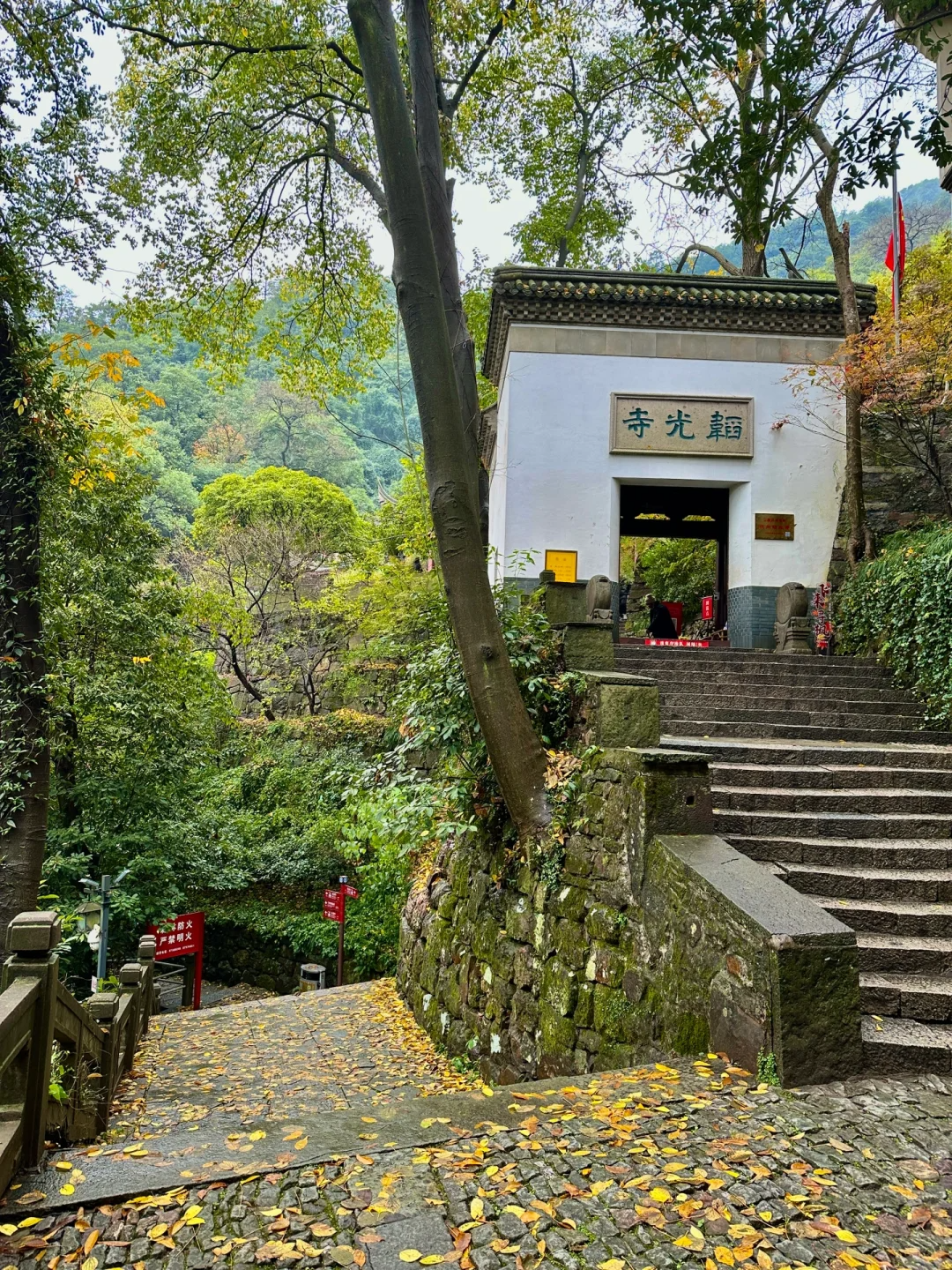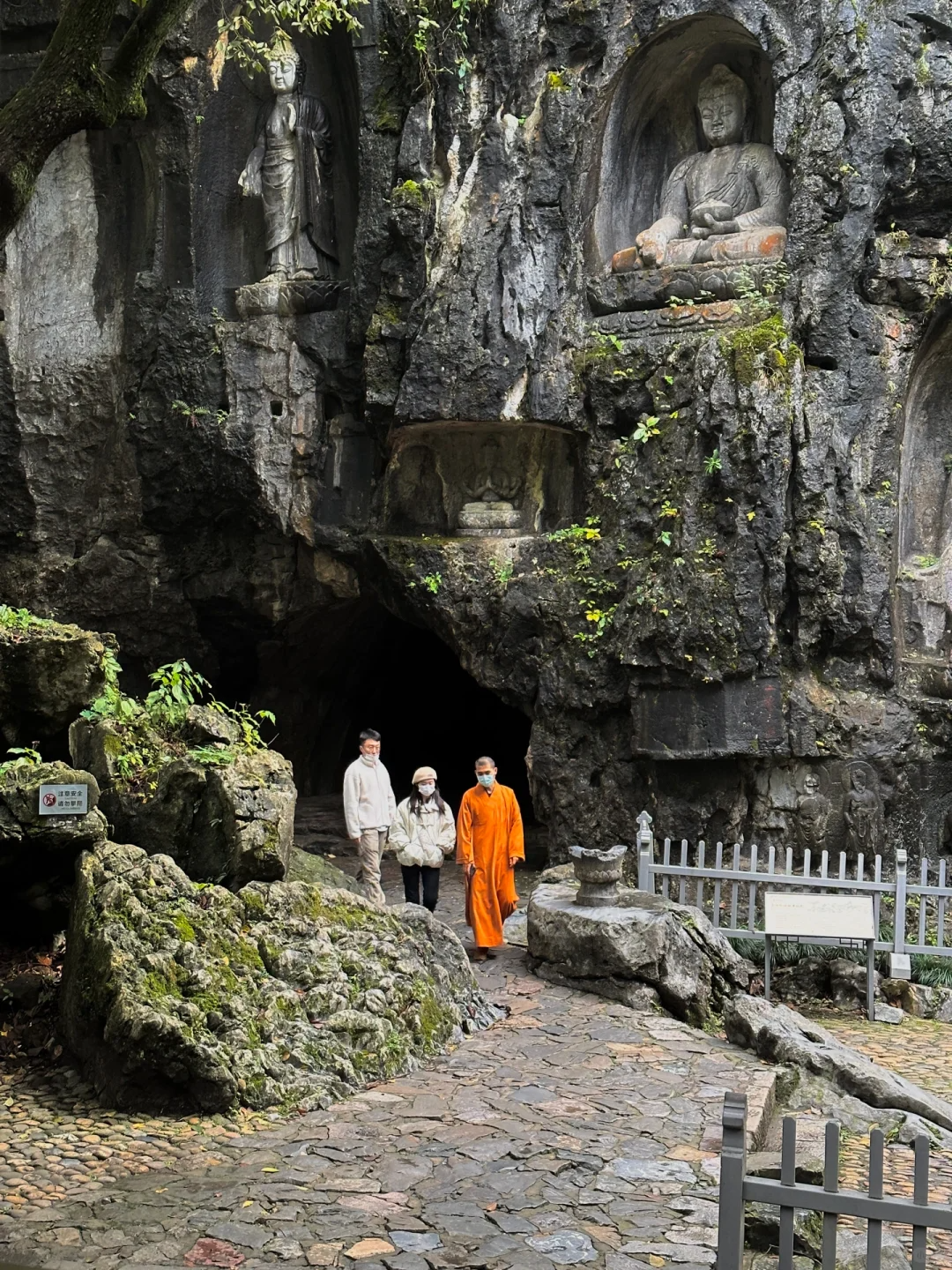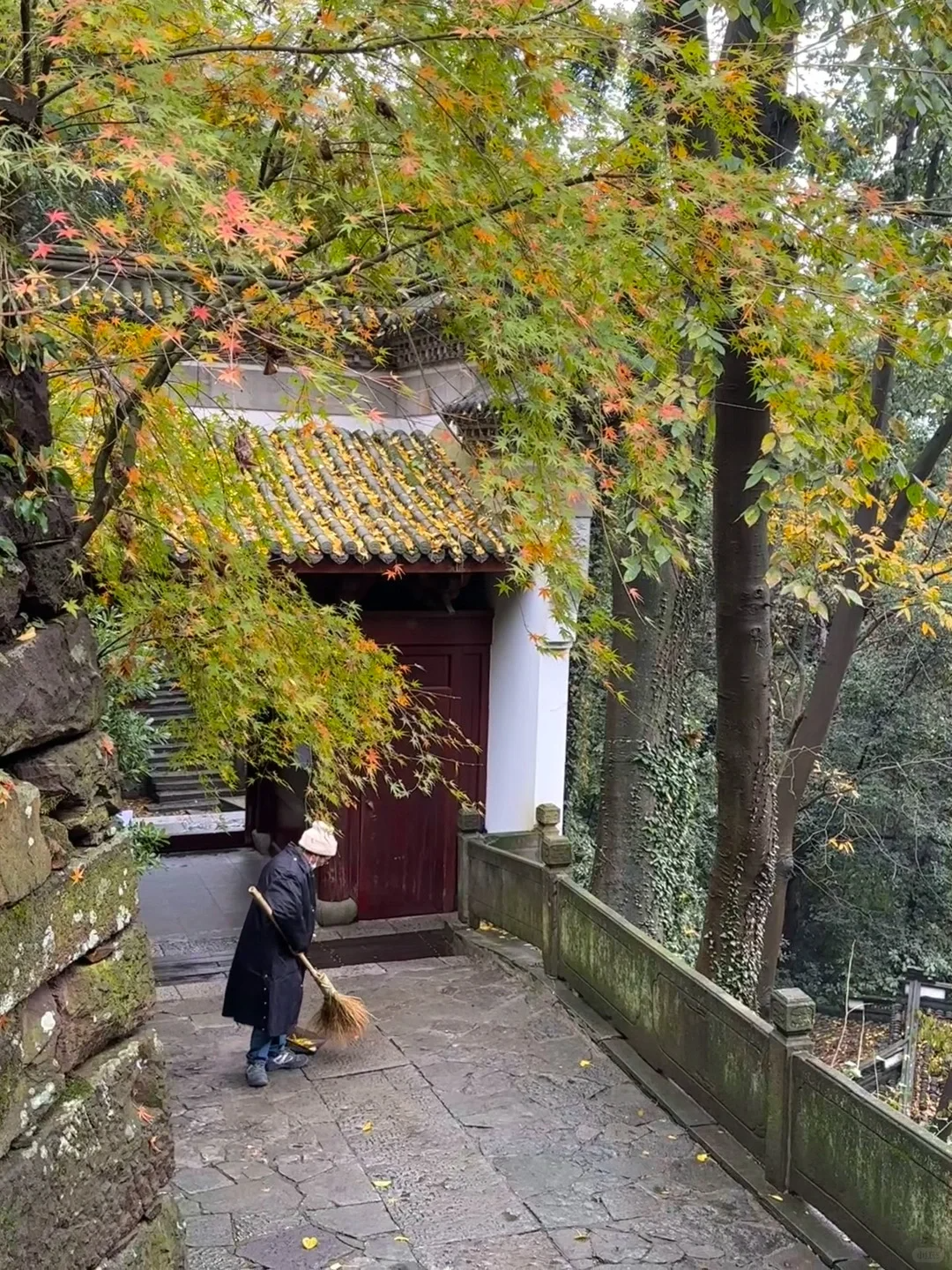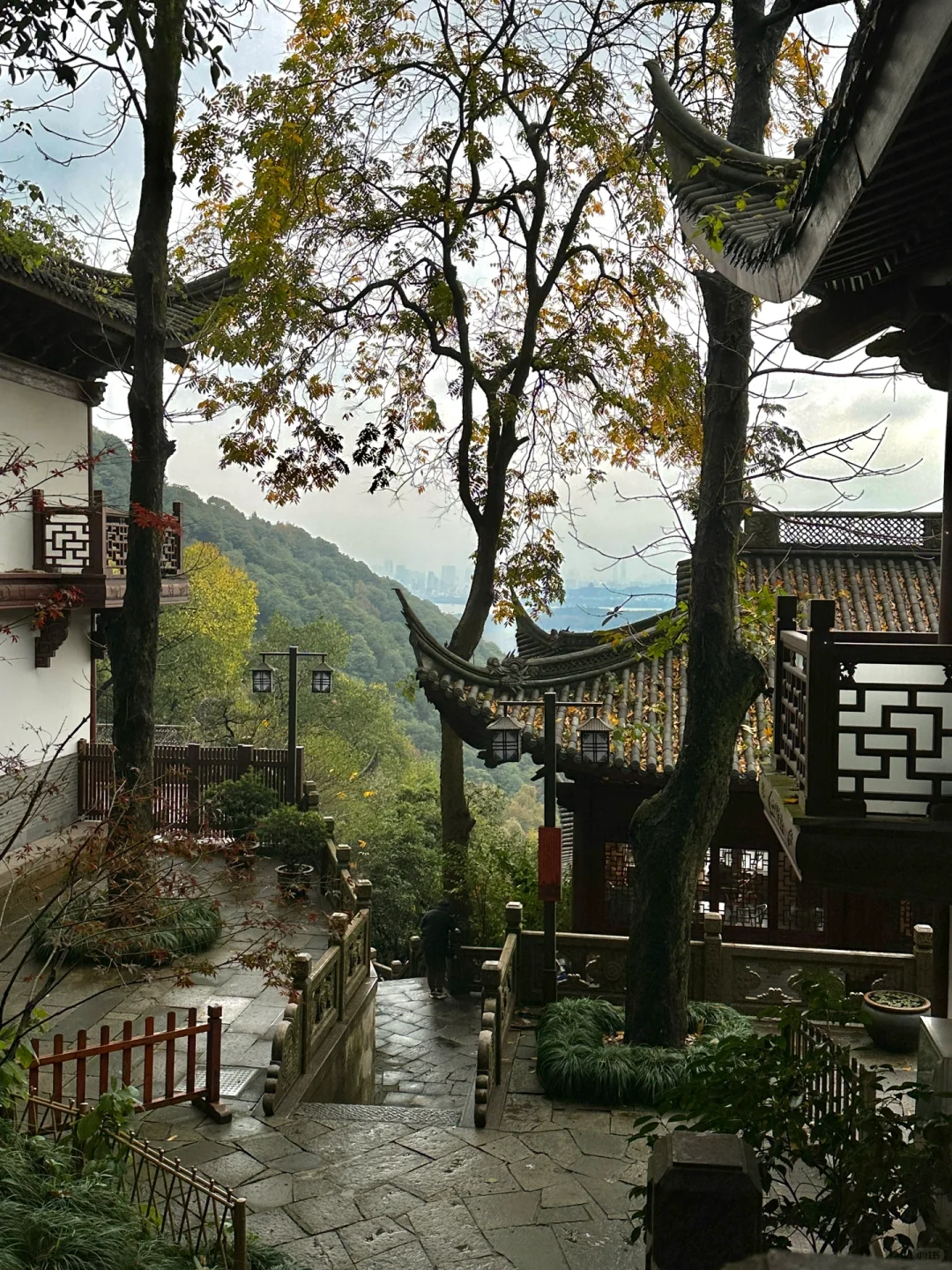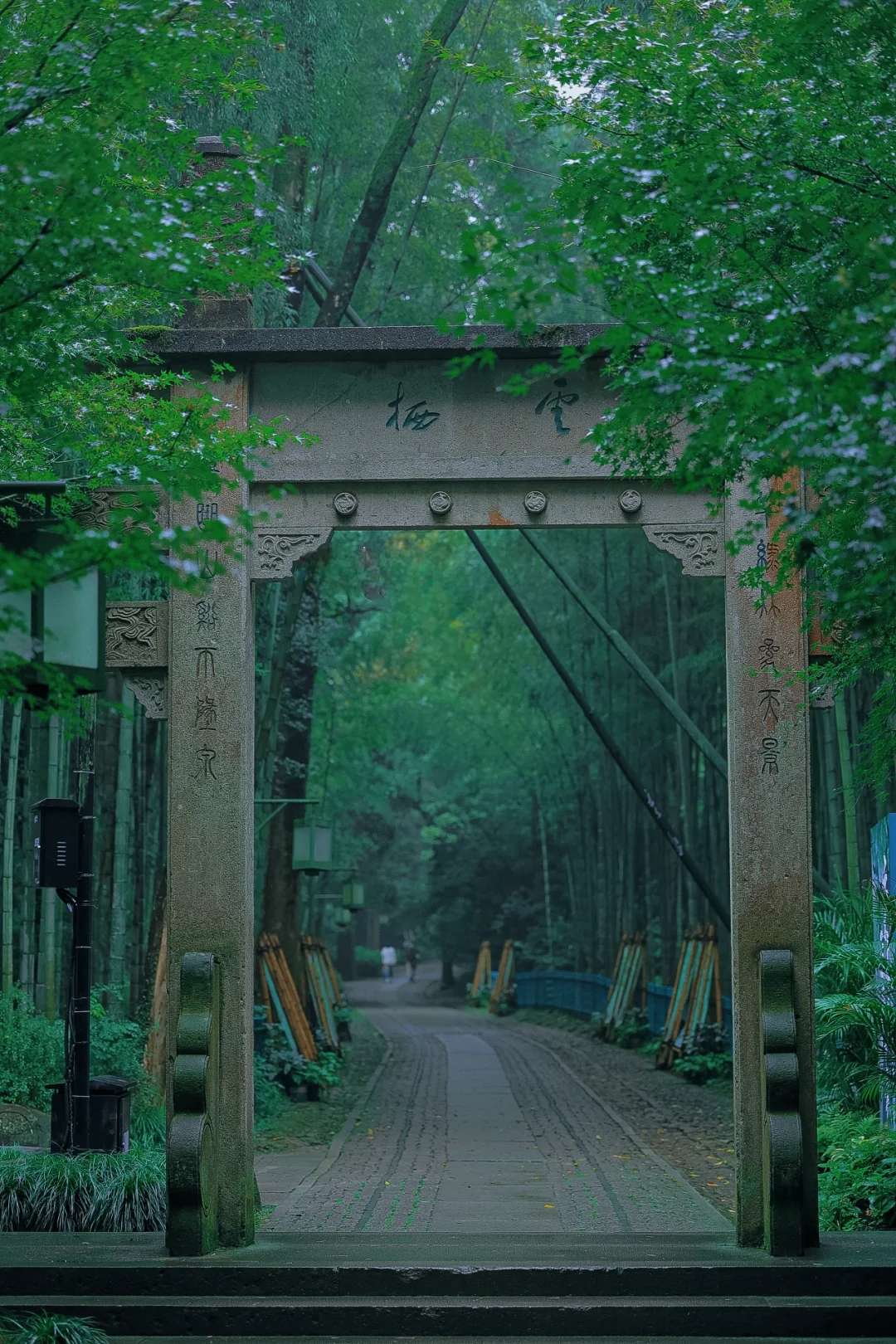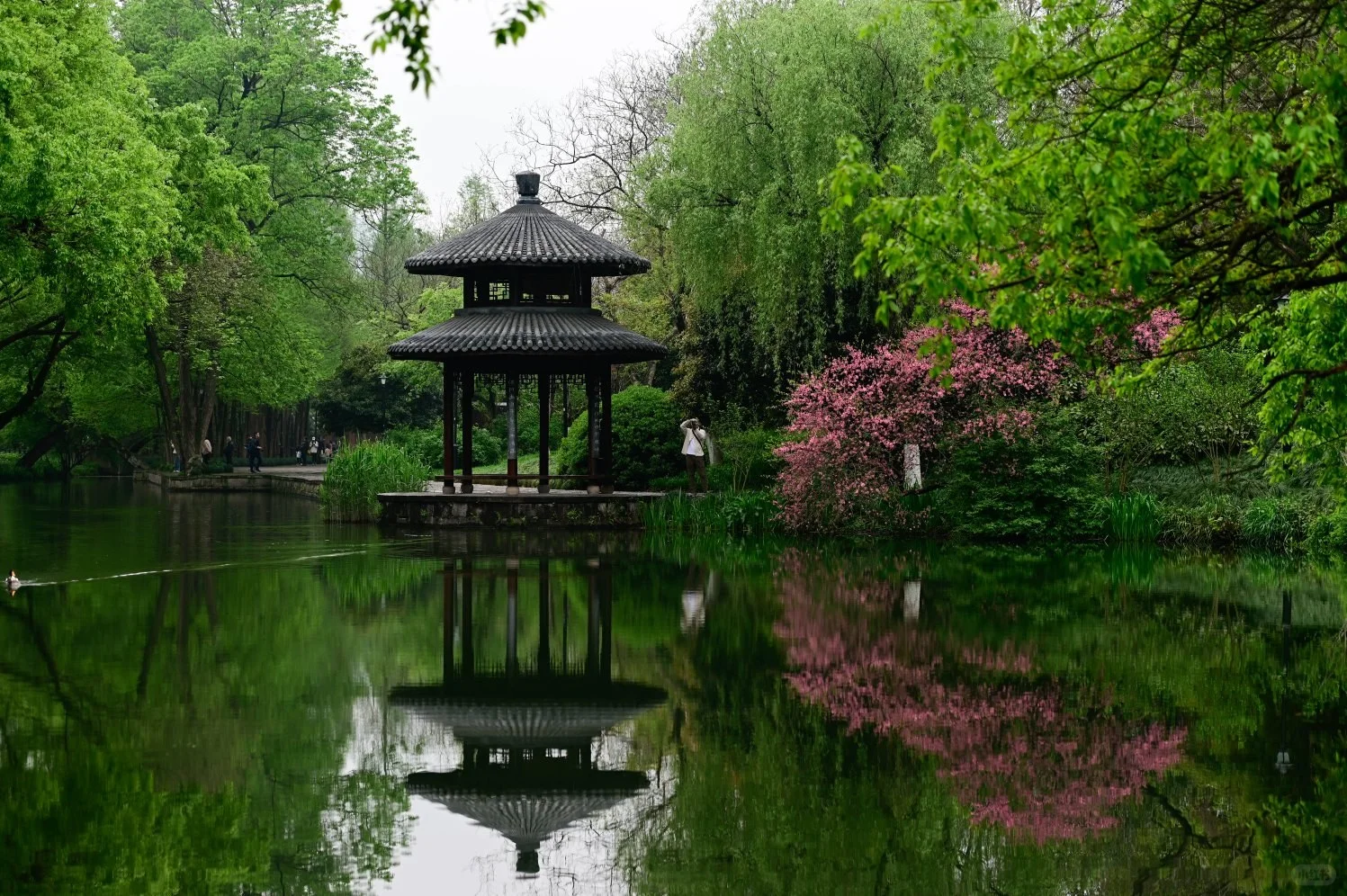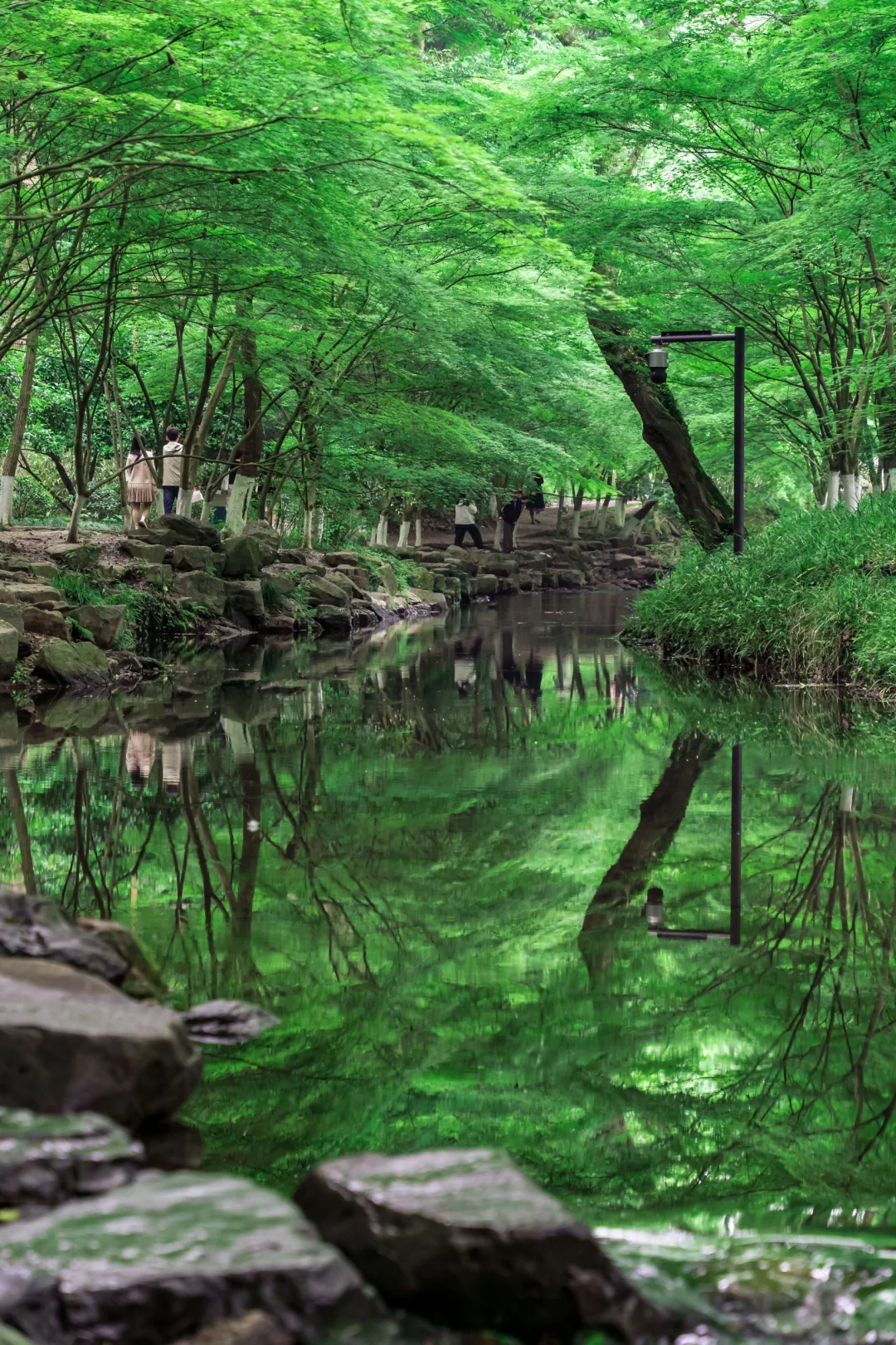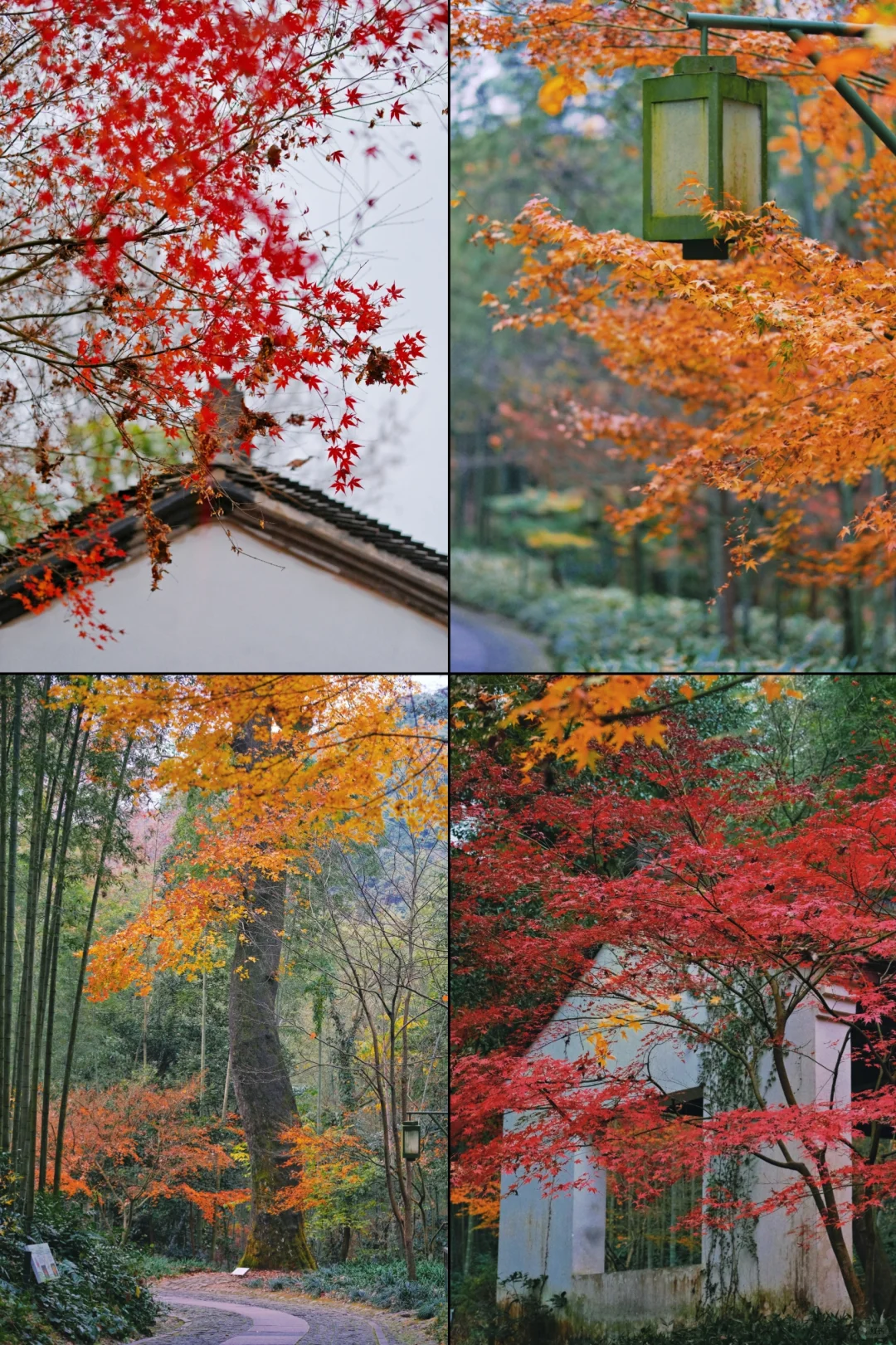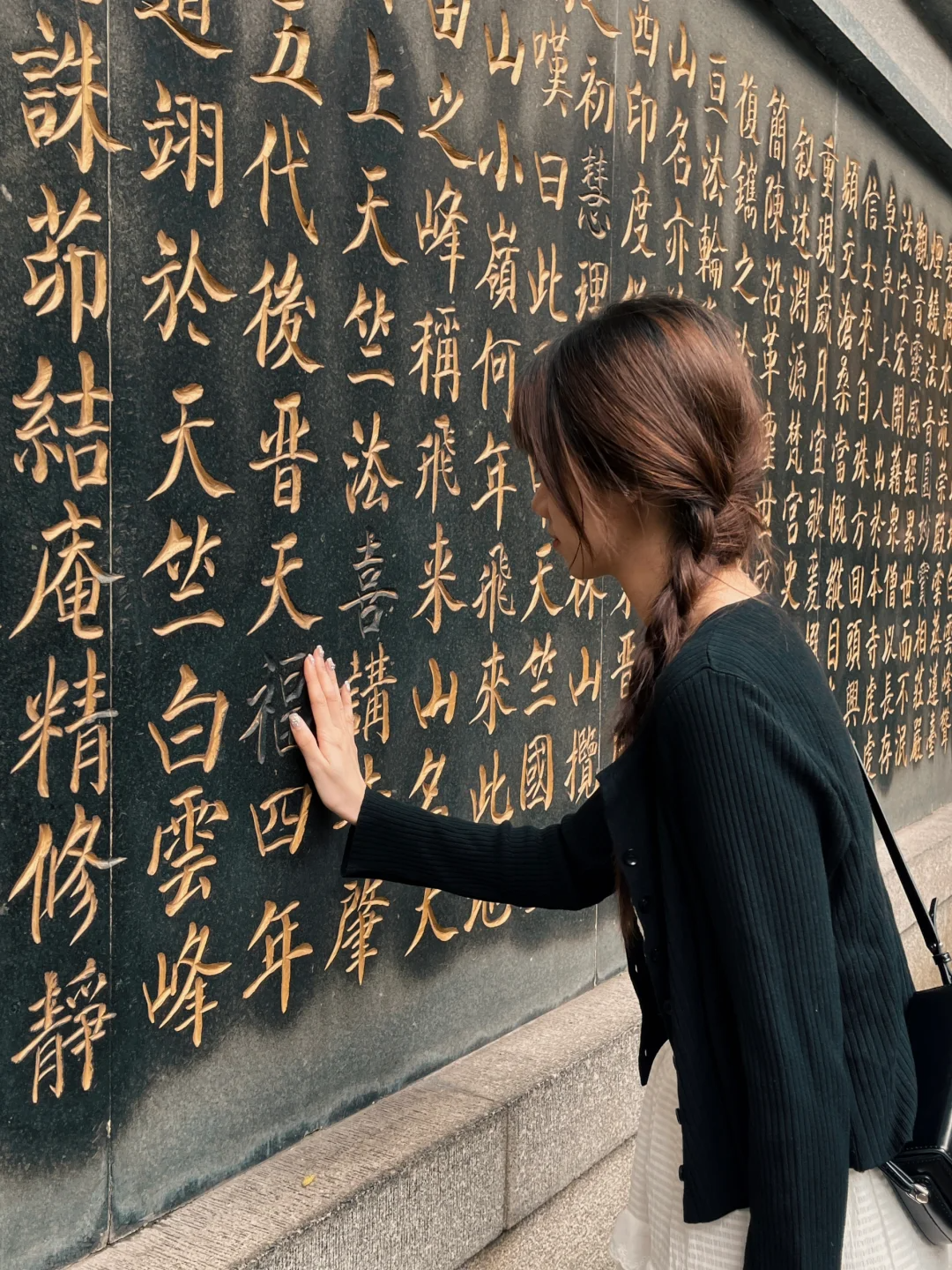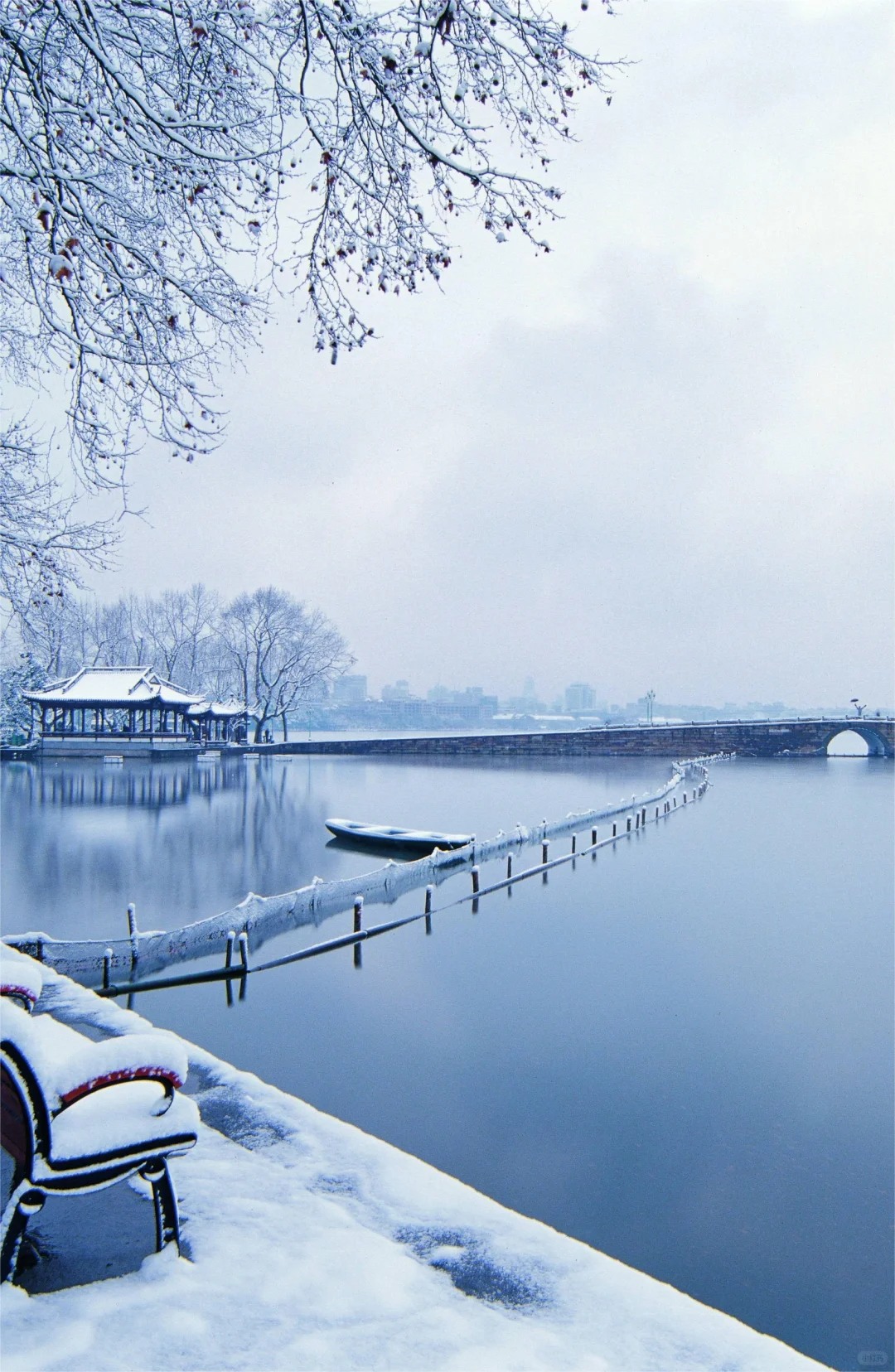Hangzhou Lingyin Temple Travel Guide (One Guide is Enough)
Hangzhou Lingyin Temple Travel Guide (One Guide is Enough)
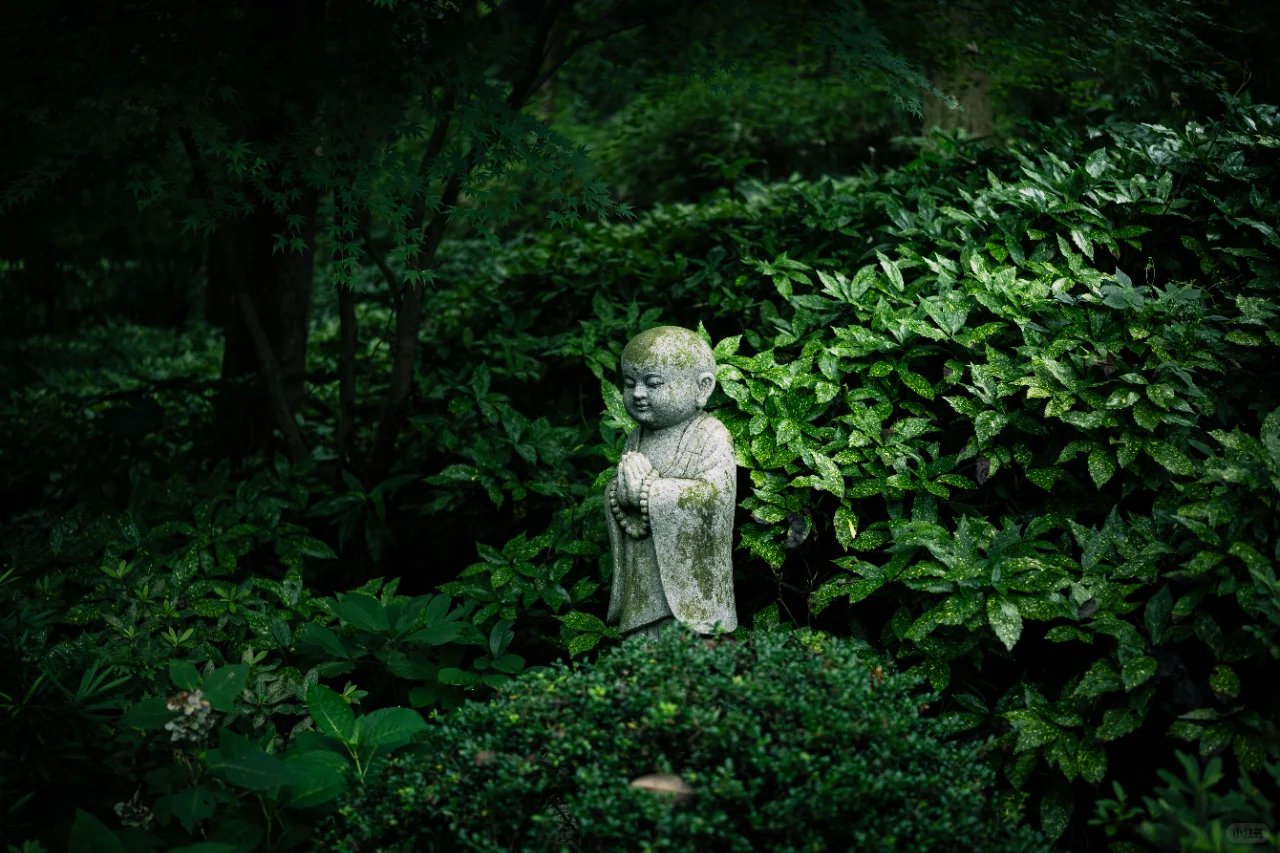
Lingyin Temple (Lingyin Si, 灵隐寺), also known as Yunlin Chan Temple (云林禅寺), is a renowned Buddhist monastery in China. It is one of the famous ancient temples in the Jiangnan region and is also where the legendary monk Ji Gong was ordained. The temple was founded by the Indian monk Huili, who, upon seeing the tranquil and mystical landscape here, believed it to be a place where celestial spirits reside, hence the name “Lingyin,” meaning “Hidden Immortals reside here”. The temple’s founder, Huili, came from West India during the early Eastern Jin Dynasty, traveling from Central China to Zhejiang, and upon arriving in Wulin (now Hangzhou), he saw a peak and exclaimed: “This is a small ridge of Vulture Peak in Central India. I wonder in which era it flew here? During Buddha’s time, many celestial immortals would reside here,” and thus, he built the temple in front of the peak, naming it Lingyin. The mountain was subsequently named “Feilai Peak(The Peak that Flew Here).”
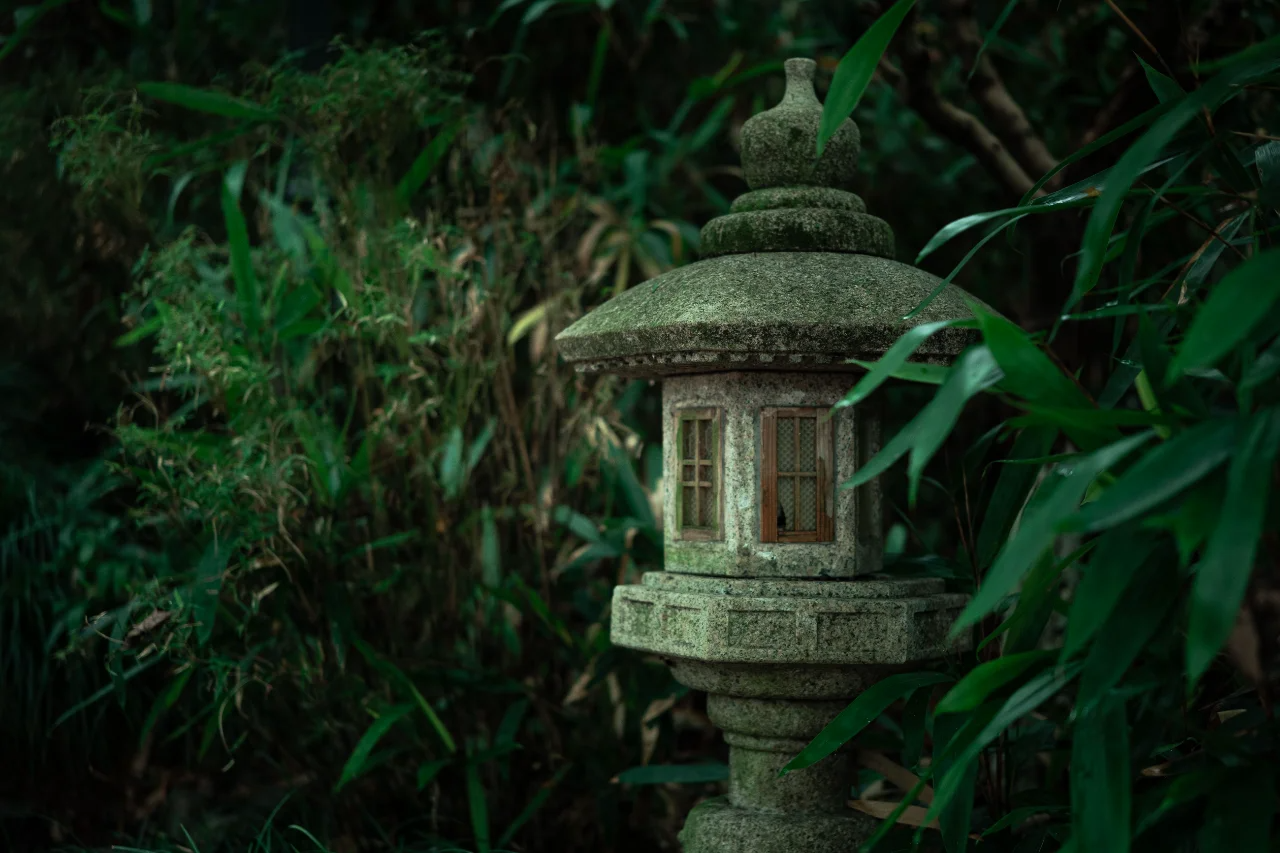
During the Five Dynasties, Qian Chu, the King of Wuyue, who was a devout Buddhist, took great care in the construction of Lingyin Temple. At its peak, the temple had nine buildings, eighteen pavilions, seventy-seven halls, and housed 3,000 monks, making it a famous Buddhist temple in Jiangnan. Prominent monks like Yongming Yanshou, Dahui Zonggao, and Fohai Huiyuan served as abbots here. The legendary monk Ji Dian (Ji Gong) was also ordained at this temple.
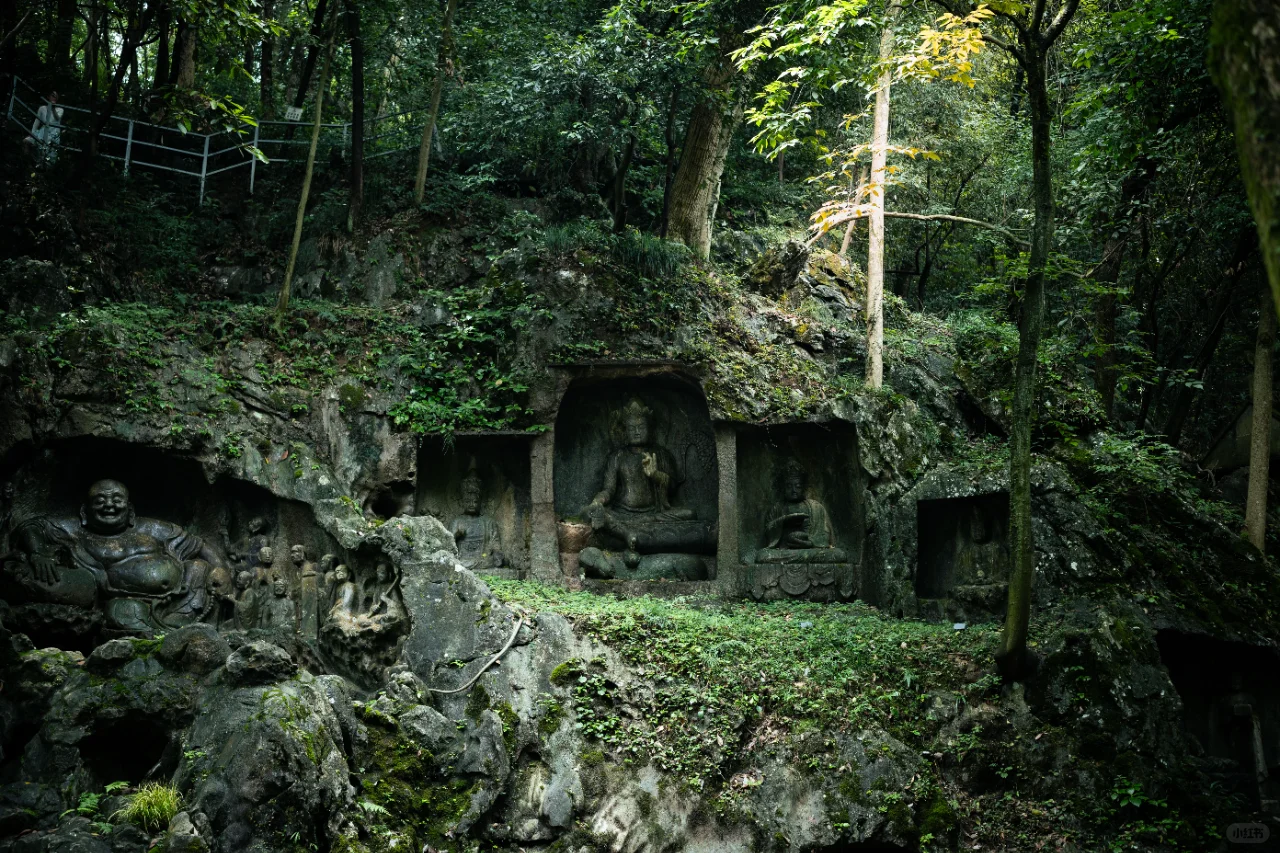
🎫 Ticket Information
Lingyin Temple is located within the Feilai Peak Scenic Area (Feilai Feng, 飞来峰), so you need to purchase two tickets: Feilai Peak ticket costs 45 RMB (available for purchase online via the official WeChat account “Hangzhou West Lake Scenic Area”), plus 30 RMB for the Lingyin Temple ticket (purchase on-site via QR code, also known as the incense coupon).
- Tip: Student tickets require identification and must be purchased at the physical ticket window.
- Feilai Peak Scenic Area tickets also include entry to Yongfu Temple (Yongfu Si, 永福寺) and Taoguang Temple (Taoguang Si, 韬光寺), which you can visit if you have time.
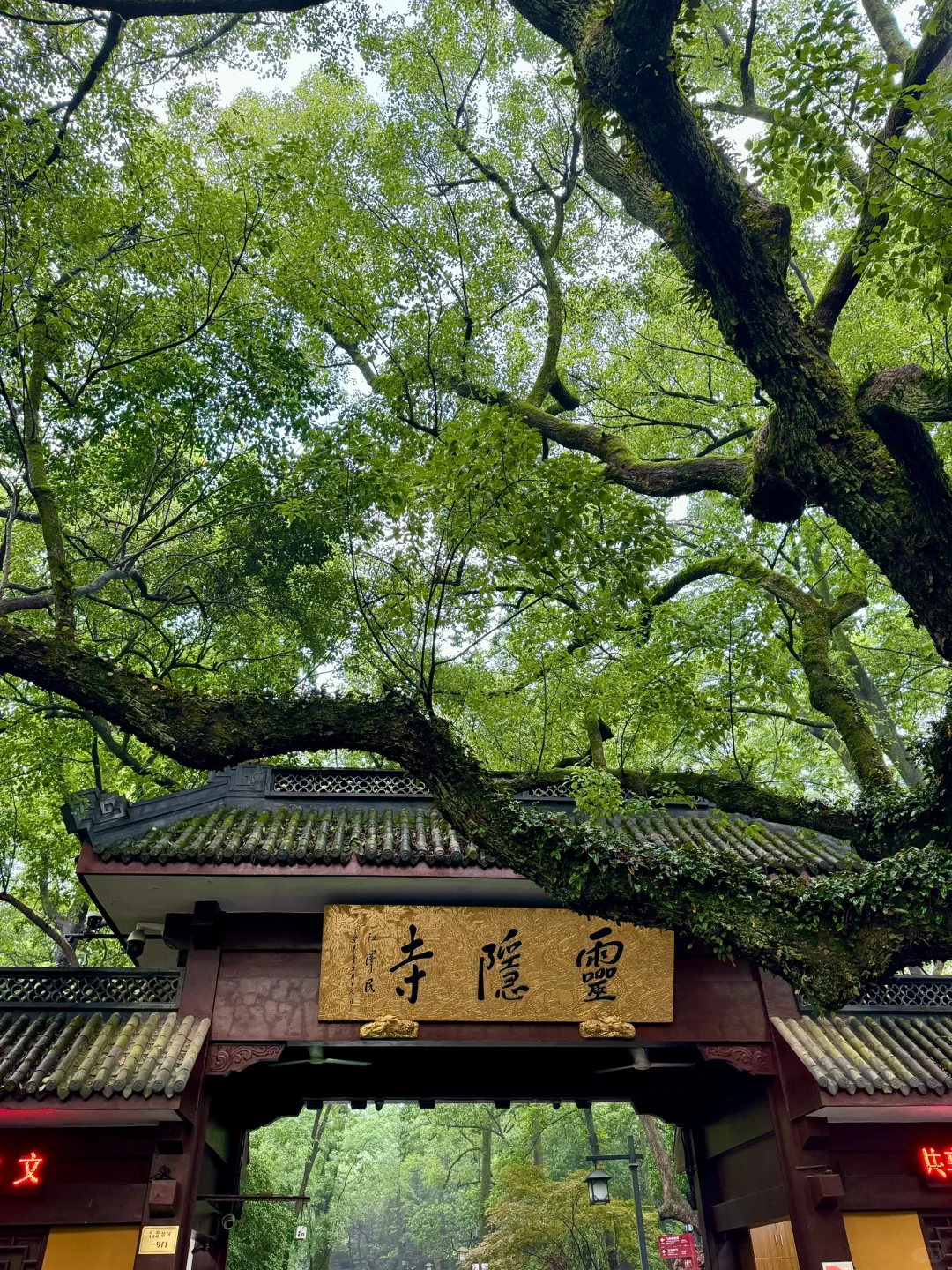
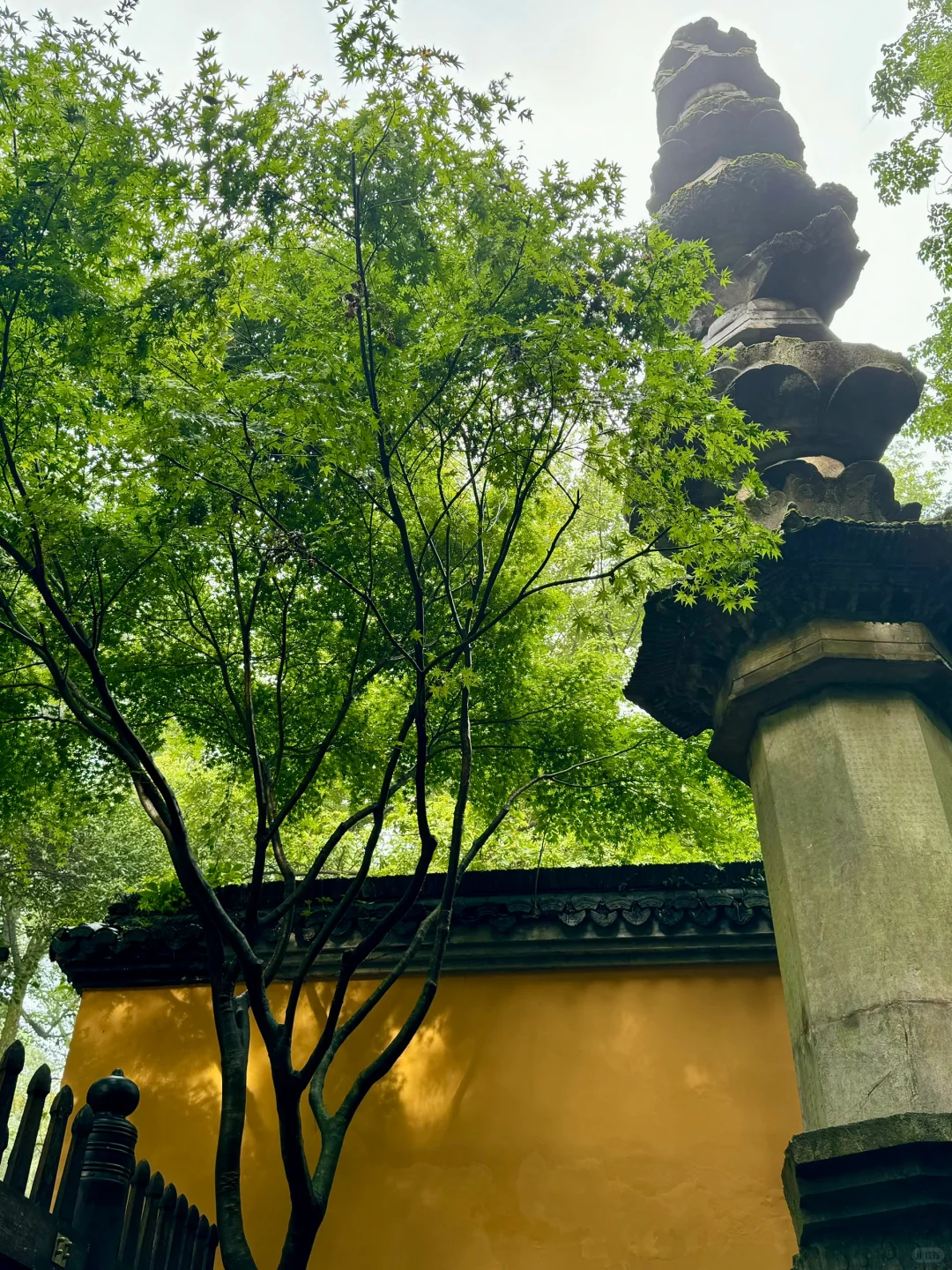
🕐 Opening Hours
- Opens at 6:30 AM
- Ticket sales stop at 5:30 PM
- Last entry at 5:45 PM
- Closes at 6:15 PM
- Note: On the evenings before the 1st and 15th of the lunar month, night visits are available from 7:30 PM to 1:30 AM.
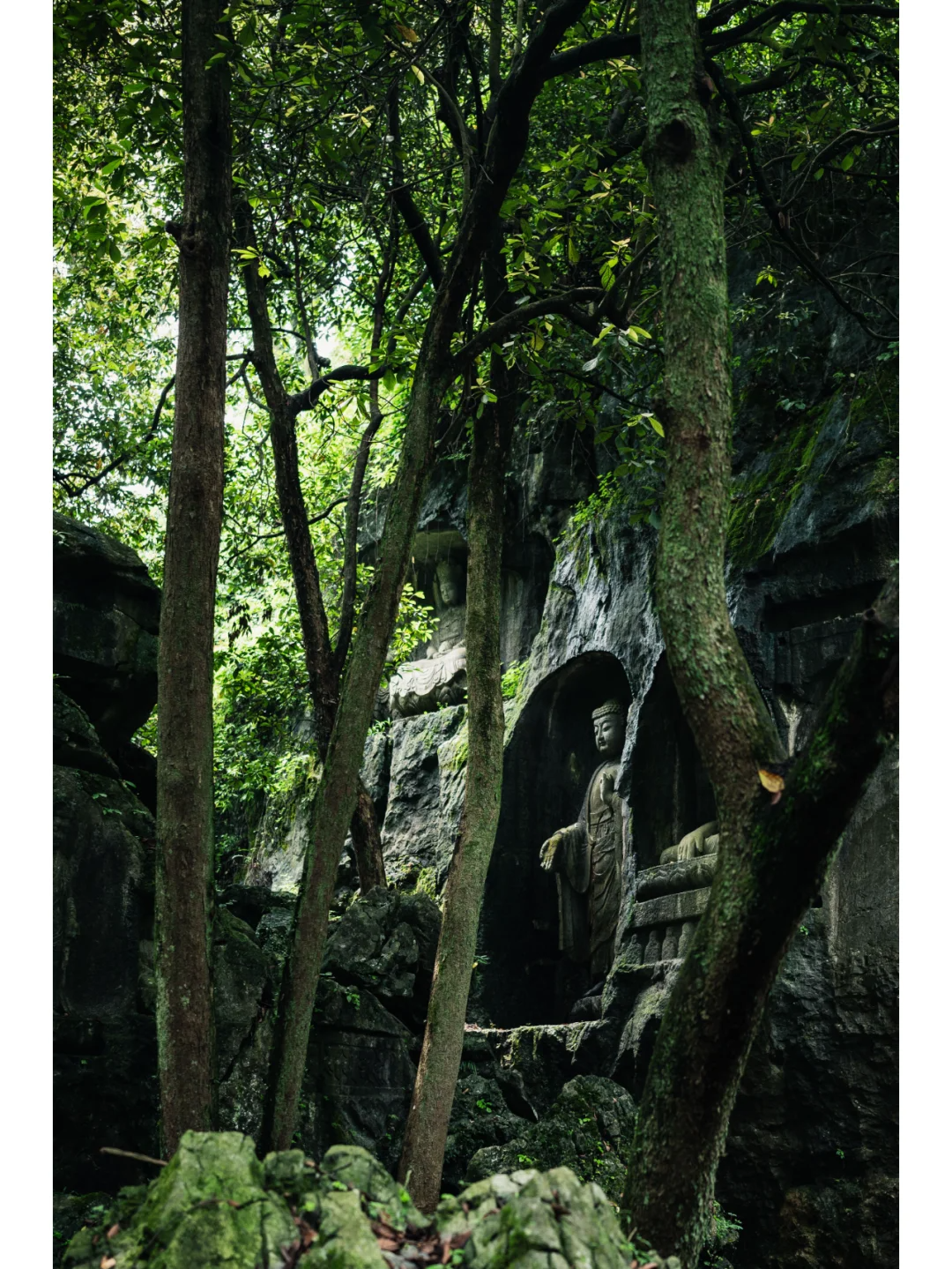
🚌 Transportation
- By Bus: Take the special Lingyin line (several routes are available depending on your location; the most popular is from Exit B of Huanglong Sports Center Metro Station) or take bus 7/7W to Lingyin Station.
- By Taxi: Before 8 AM, you can navigate to Lingyin Department Store, which is right next to the entrance of the Feilai Peak Scenic Area. After 8 AM, due to traffic restrictions, you’ll need to go to Lingyin No. 32 Parking Lot and then walk about 700 meters to the entrance (you can also take a shuttle bus for 2 RMB).
- Tip: If you can get up early, do so! Arriving between 6-7 AM means no lines and less walking.
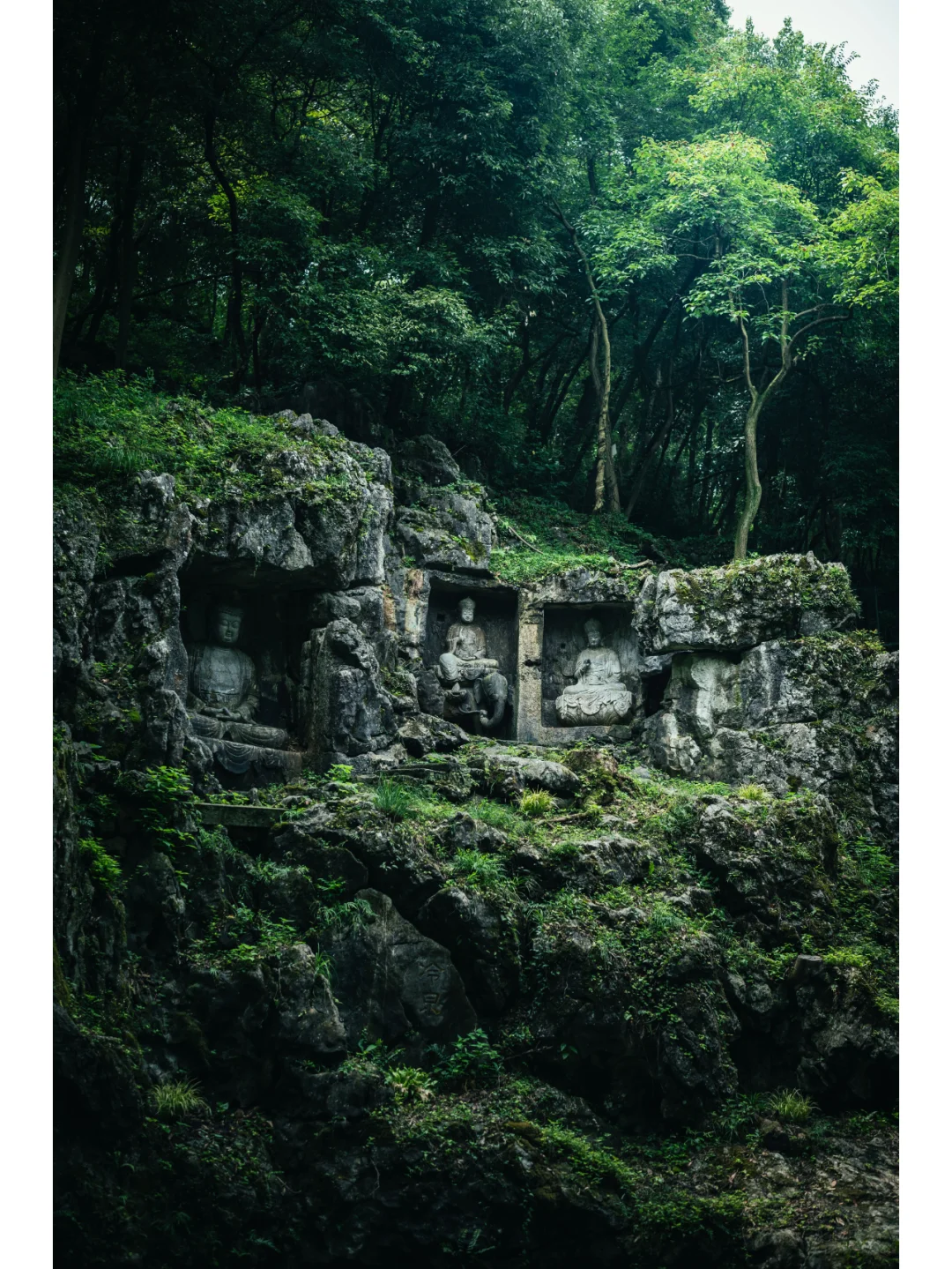
🙏 Prayer Rituals
The usual process is to request incense ➡️ light incense ➡️ hold incense ➡️ make a wish ➡️ bow three times ➡️ offer incense ➡️ kneel and bow (detailed etiquette can be found in the images).
- Hall of the Heavenly Kings (Tianwang Dian, 天王殿): Pray for safety.
- Mahavira Hall (Daxiong Baodian, 大雄宝殿): Front side with Sakyamuni Buddha—pray for various matters; back side with Avalokiteshvara—pray for children and marriage.
- Hall of Medicine Buddha (Yaoshi Dian, 药师殿): Pray for health and longevity.
- Huayan Hall (Huayan Dian, 华严殿): Pray for academic and career success.
- Additionally, Ji Gong Hall for good fortune, Ksitigarbha Hall (Jialan Dian, 伽蓝殿) for wealth, and Hall of 500 Arhats (Wubai Luohan Tang, 五百罗汉堂) for a peaceful and prosperous life (fortune-telling and interpretations are available).
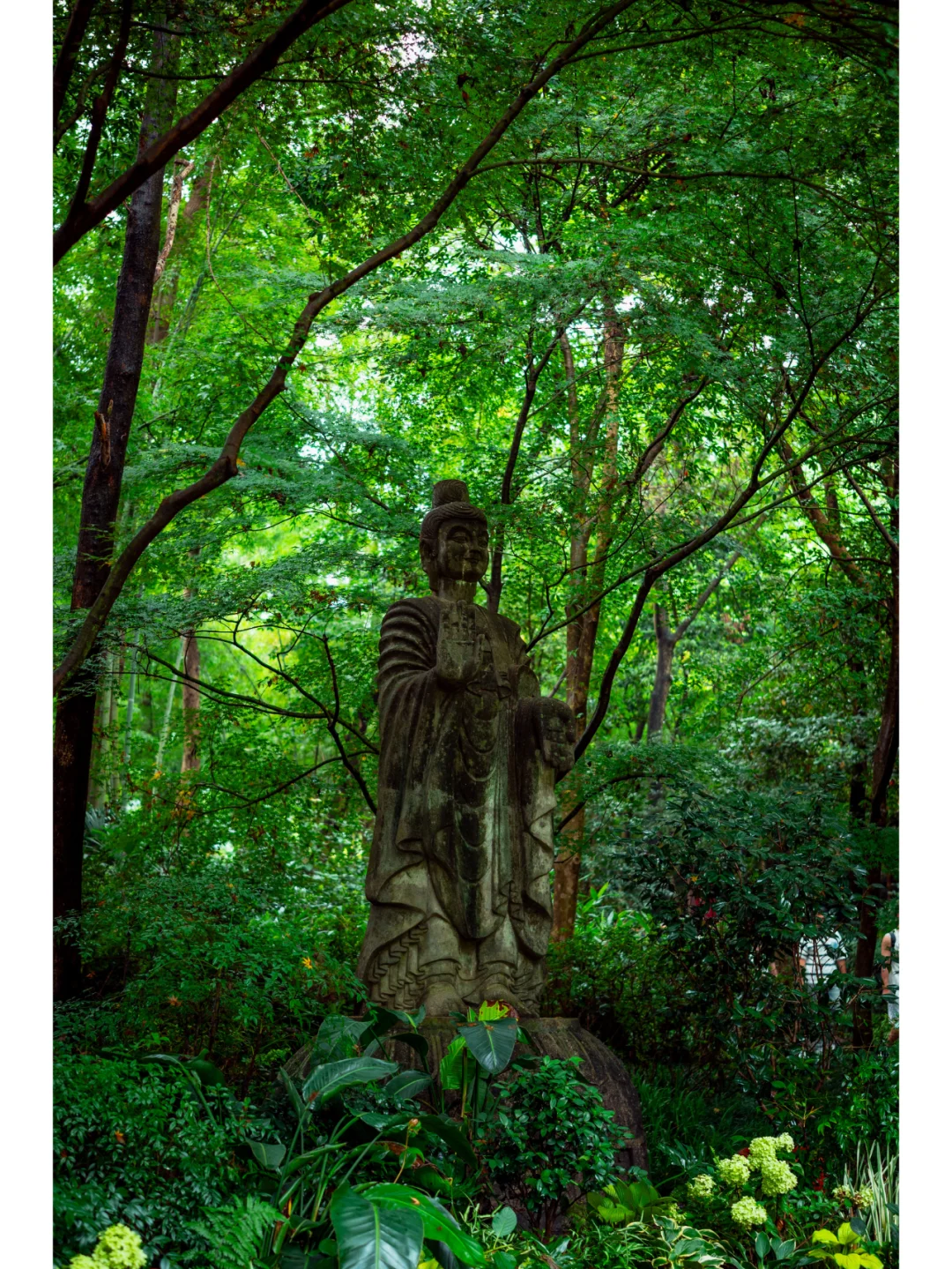
⚠️ Important Notes
- Do not blow on the incense with your mouth, step on thresholds, photograph Buddha statues, or speak loudly.
- Dress appropriately—avoid revealing clothing.
- You can get three free incense sticks inside the temple; do not purchase incense outside as it won’t be allowed inside.
- Water is available for purchase inside the temple for 2 RMB, and in summer, you can get a free bottle of “Cherishing Fortune Water” in front of the Huayan Hall.
- Eighteen-seed bracelets can be purchased at the temple’s Buddhist artifacts shop for 46 RMB.
- Bring some cash for the donation box and coins for the wishing pool.
- Be prepared for mosquitoes—there are many insects in the mountains, and they bite hard!
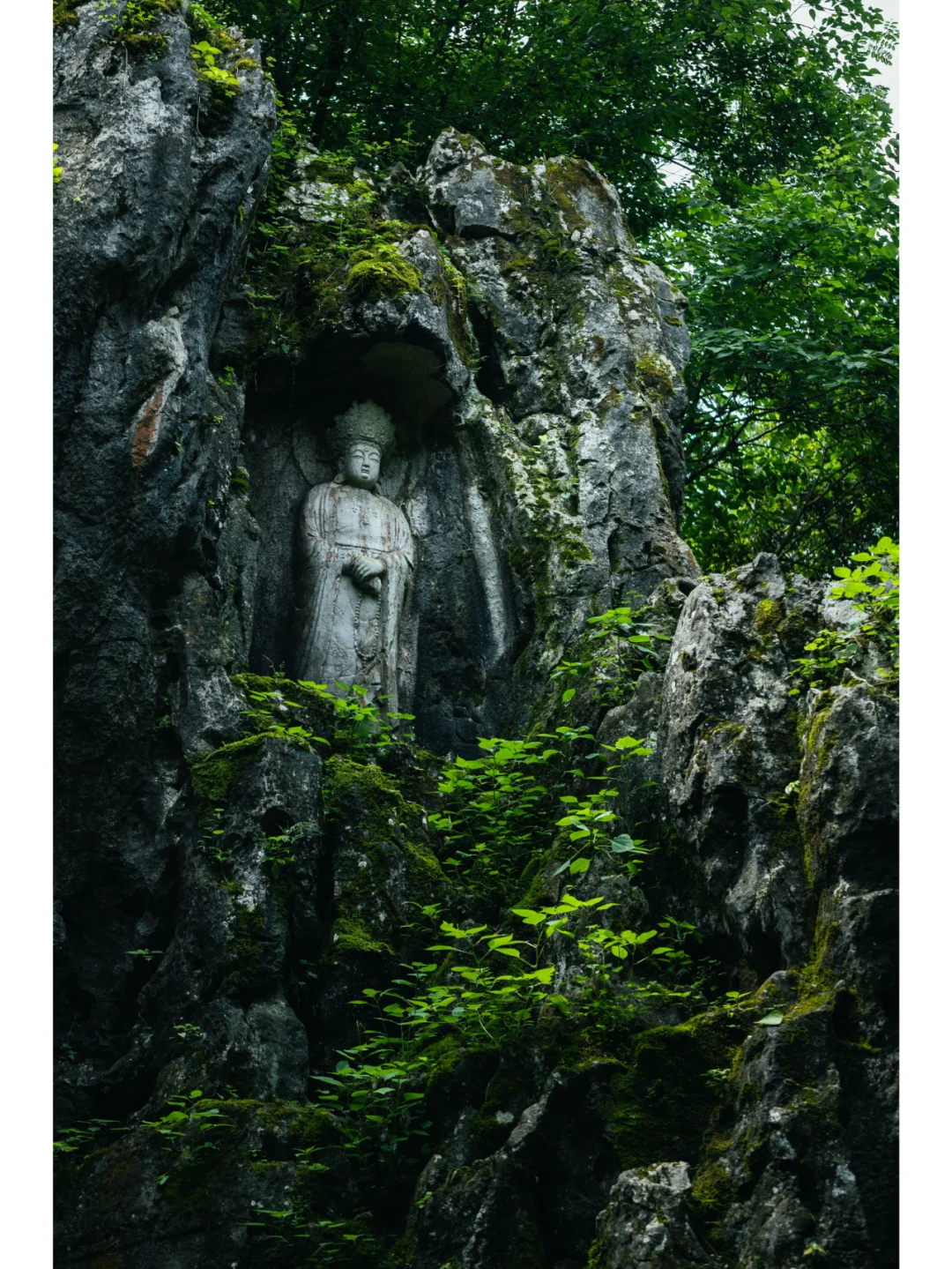
Travel Tips:
To visit Lingyin Temple, there’s one key advice: go early, rise early.
If you’re staying near West Lake, like we did, wake up around 5-6 AM, have a light breakfast, or try vegetarian noodles, and arrive at the Feilai Peak ticket office by 6 AM. Just take a taxi!
Why get up early? If you don’t, you won’t be able to take a car to the temple as the area restricts vehicle access later in the morning. We arrived early and were dropped off right at the entrance, just a few steps from the first checkpoint, where you can take a photo of Lingyin Temple. The actual temple entrance is further inside, past this checkpoint.
For transportation to Lingyin Temple, take a taxi. If you’re staying near West Lake, it’s only about 10 RMB to the entrance in the early morning. Hangzhou taxis are very reliable, and so are ride-hailing services. There’s no need to save a few RMB by taking the subway and transferring—it’s not worth it. If you’re in a group, the cost of the subway might even equal the taxi fare.
Why rise early? Arriving at Lingyin Temple around 6 AM means hardly anyone is there, so you can pray without interruption. We visited all the main halls, including Ji Gong Hall and the Hall of 500 Arhats, bought the eighteen-seed bracelet, and finished before 7 AM. If you’re among the first visitors, your incense is among the first of the day, and if you offer a lamp, it will be placed in the most central position.
The eighteen-seed bracelet costs 46 RMB and is now a popular item—just scan the QR code to get it, no purchase limits. The girl in front of me bought dozens. The temple staff provide ample stock in boxes.
Each visitor will receive three incense sticks from temple volunteers, and you’ll notice that local women who arrive early bring their own incense. Other offerings like lamps, flowers, and oil are all optional.
After Lingyin Temple, you can visit the stone carvings and other attractions. By this time, tour groups will start arriving, and you can join their guides for explanations. You can also visit the free Yongfu Temple.
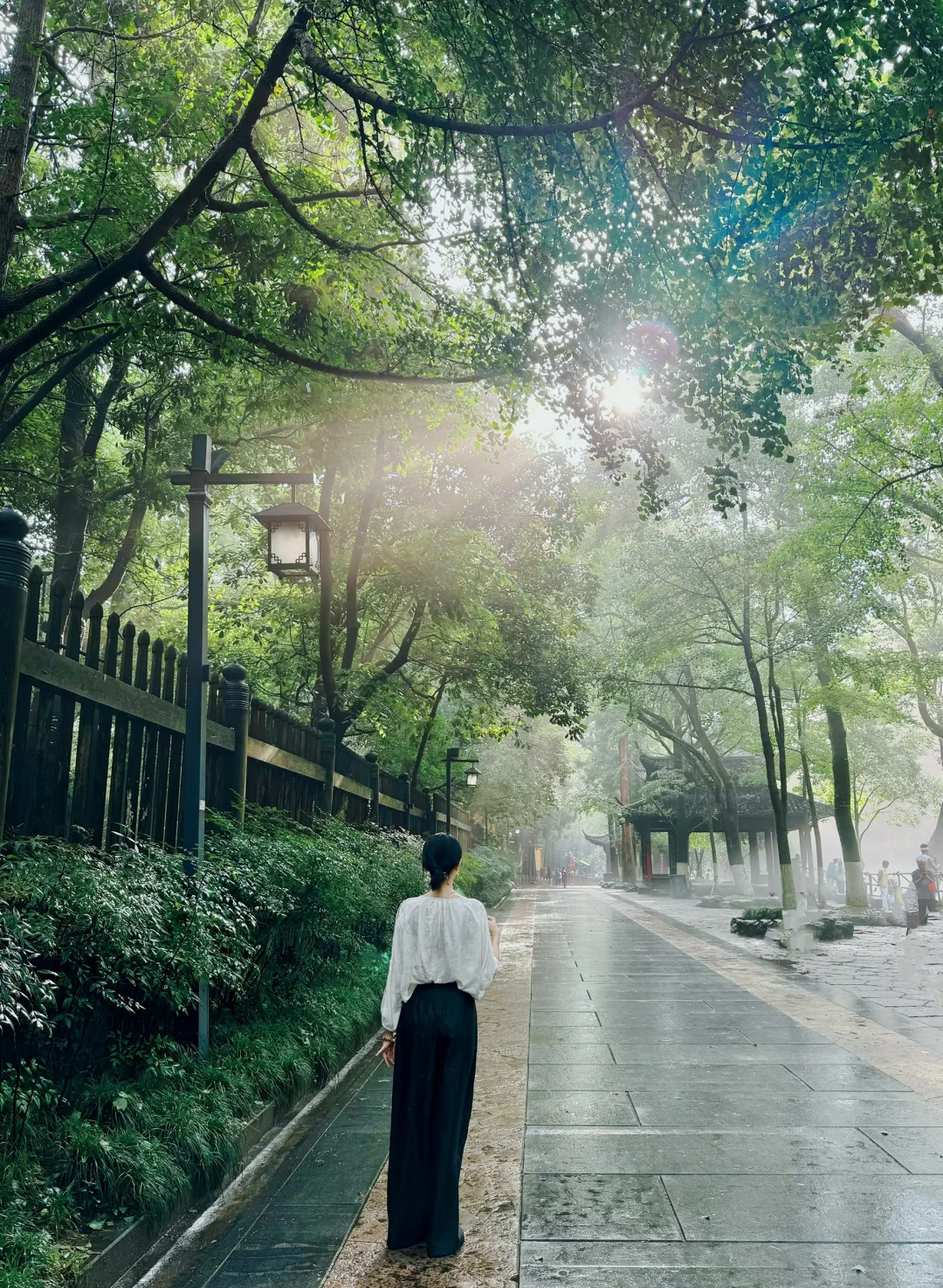
Don’t miss this hidden gem after visiting Lingyin Temple
How to make your visit to Lingyin Temple worth it? After touring the temple, do not retrace your steps. At the intersection leading to Yongfu Temple, there’s a small path that leads to Fayun Lane (Fayun Nong, 法云弄), through a small gate. Once inside, it feels like entering a different world. Inside the gate, Lingyin Temple is crowded and bustling, but outside, Fayun Lane is serene and secluded, with babbling brooks and towering ancient trees, like a primeval forest. On both sides of the path, the Amanfayun Hotel’s rustic buildings are hidden among the trees, making it feel like a hidden retreat.
- Best photo spot: On the left side of Fayun Lane, there’s a small stream with several stone bridges. You can capture both the stream and ancient trees from the bridges.
- Transportation: Walk along Fayun Lane to the exit, where you can catch bus 103 back to the city center.
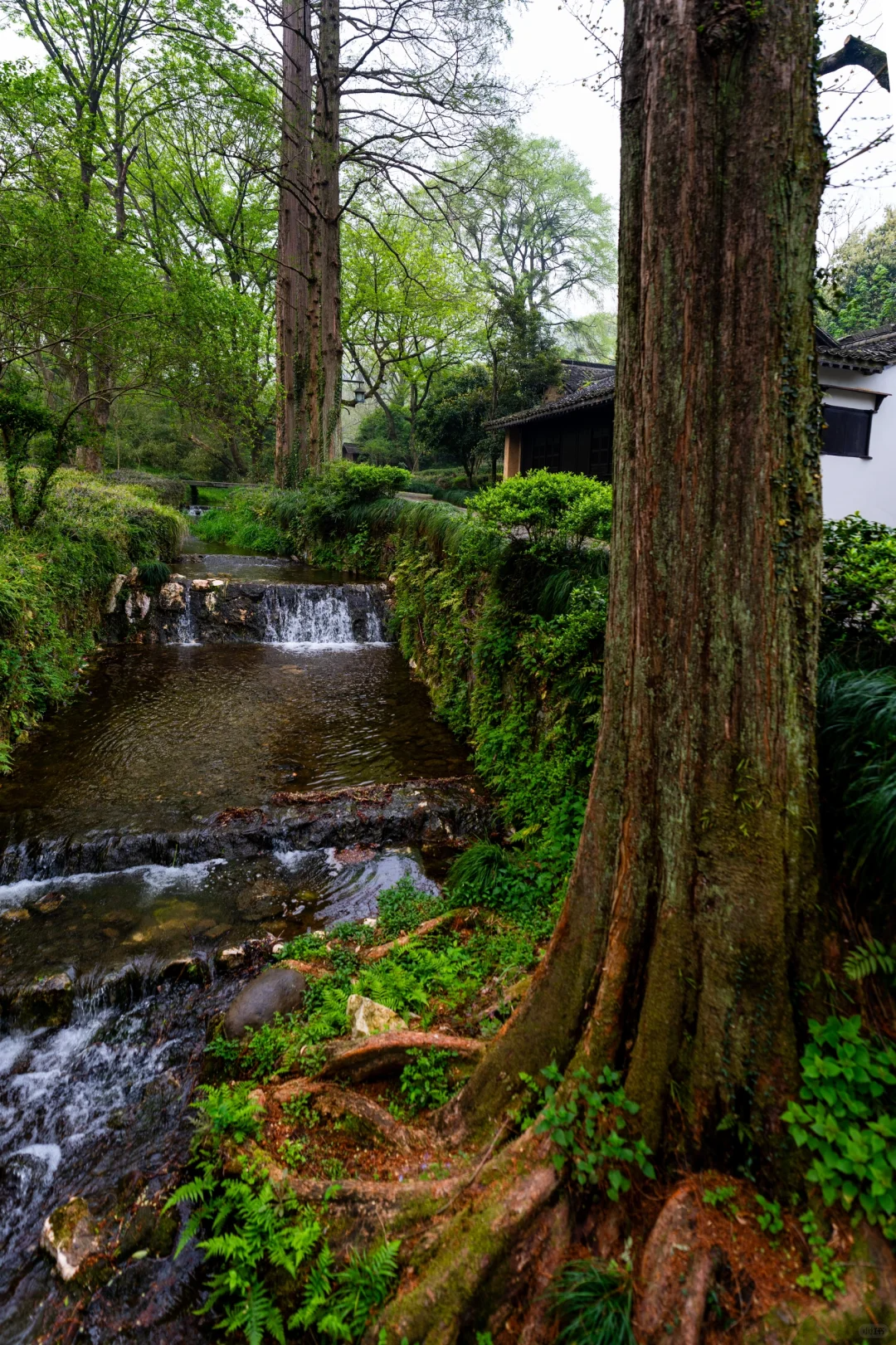
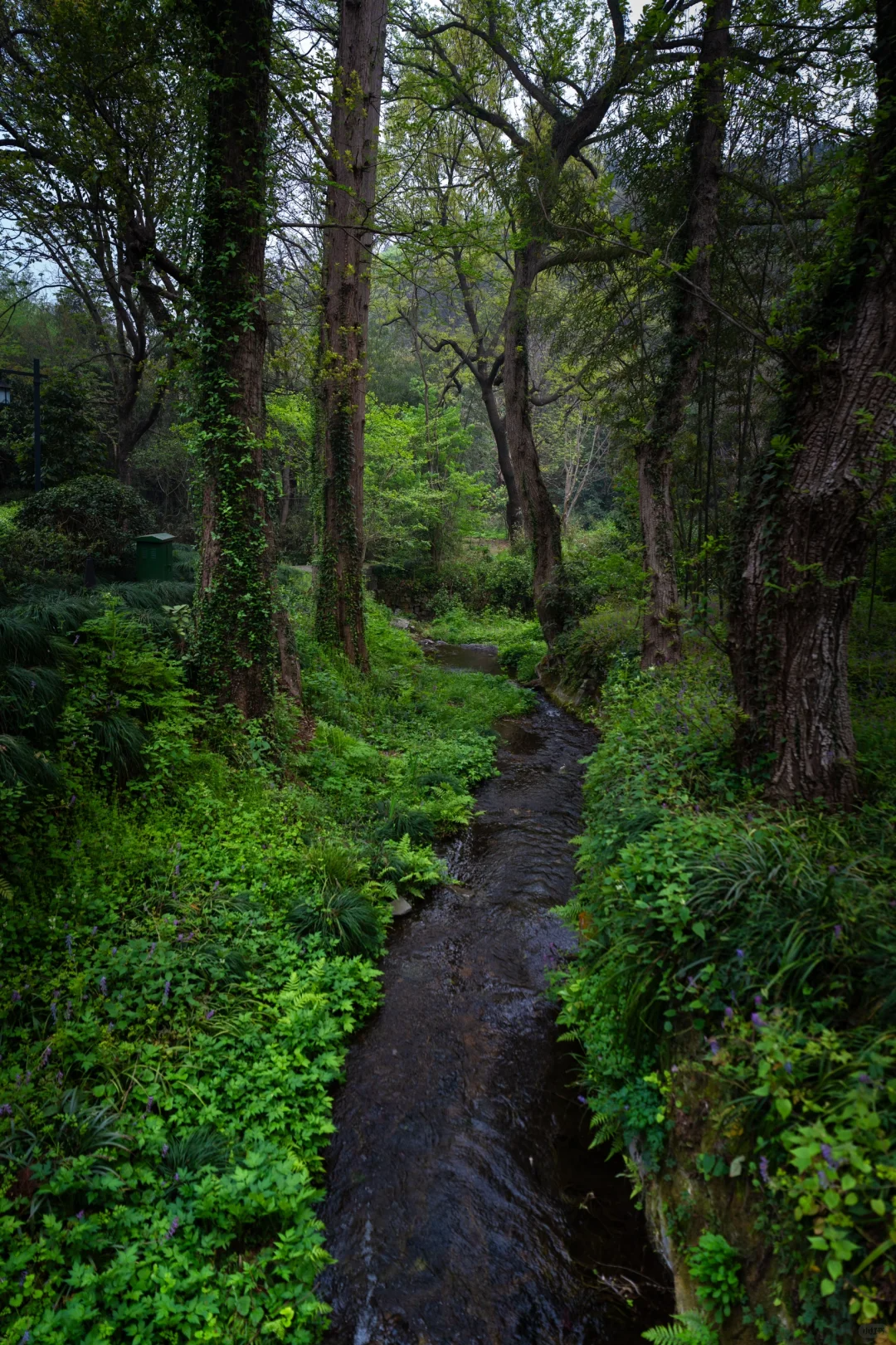
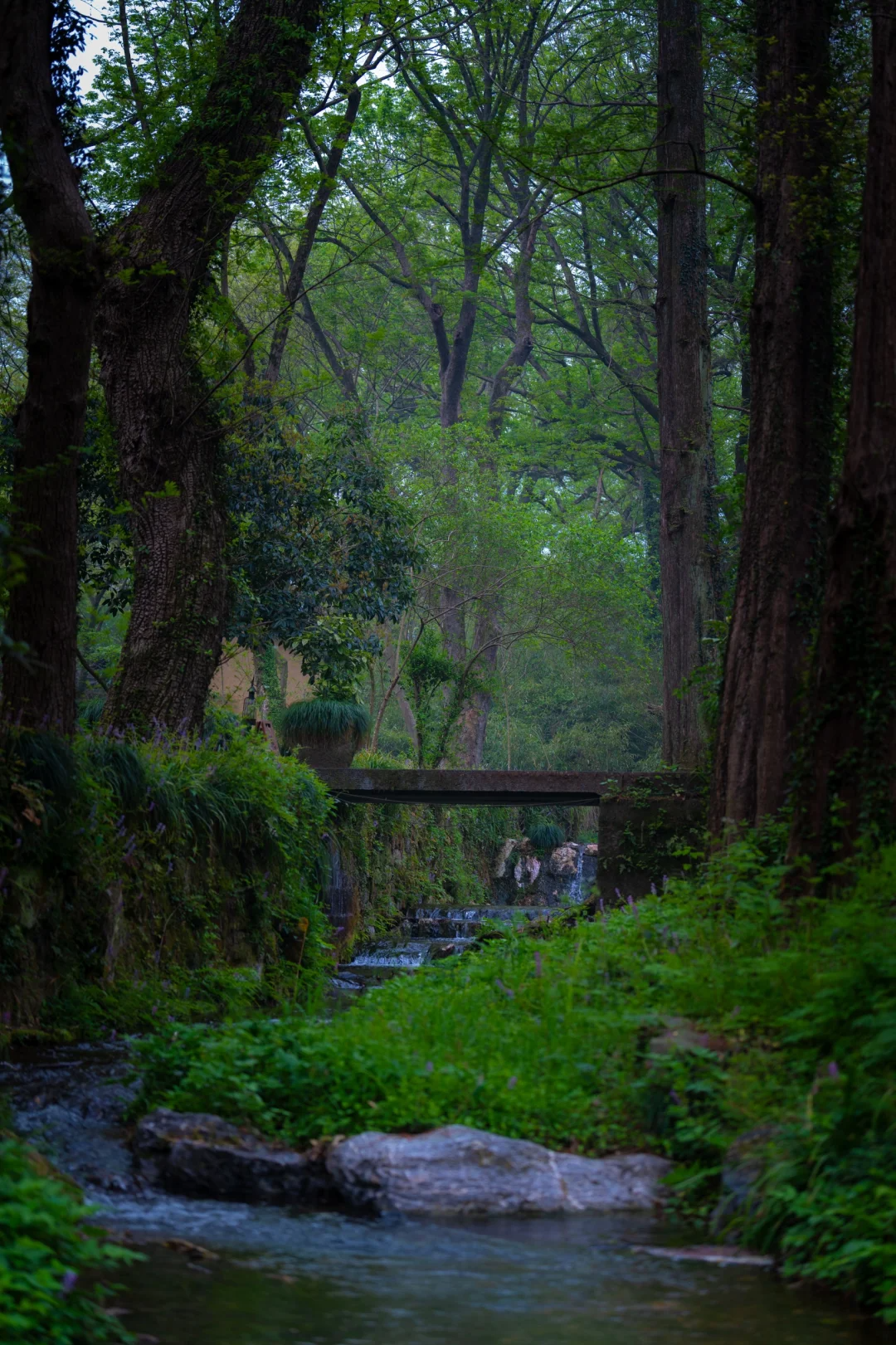
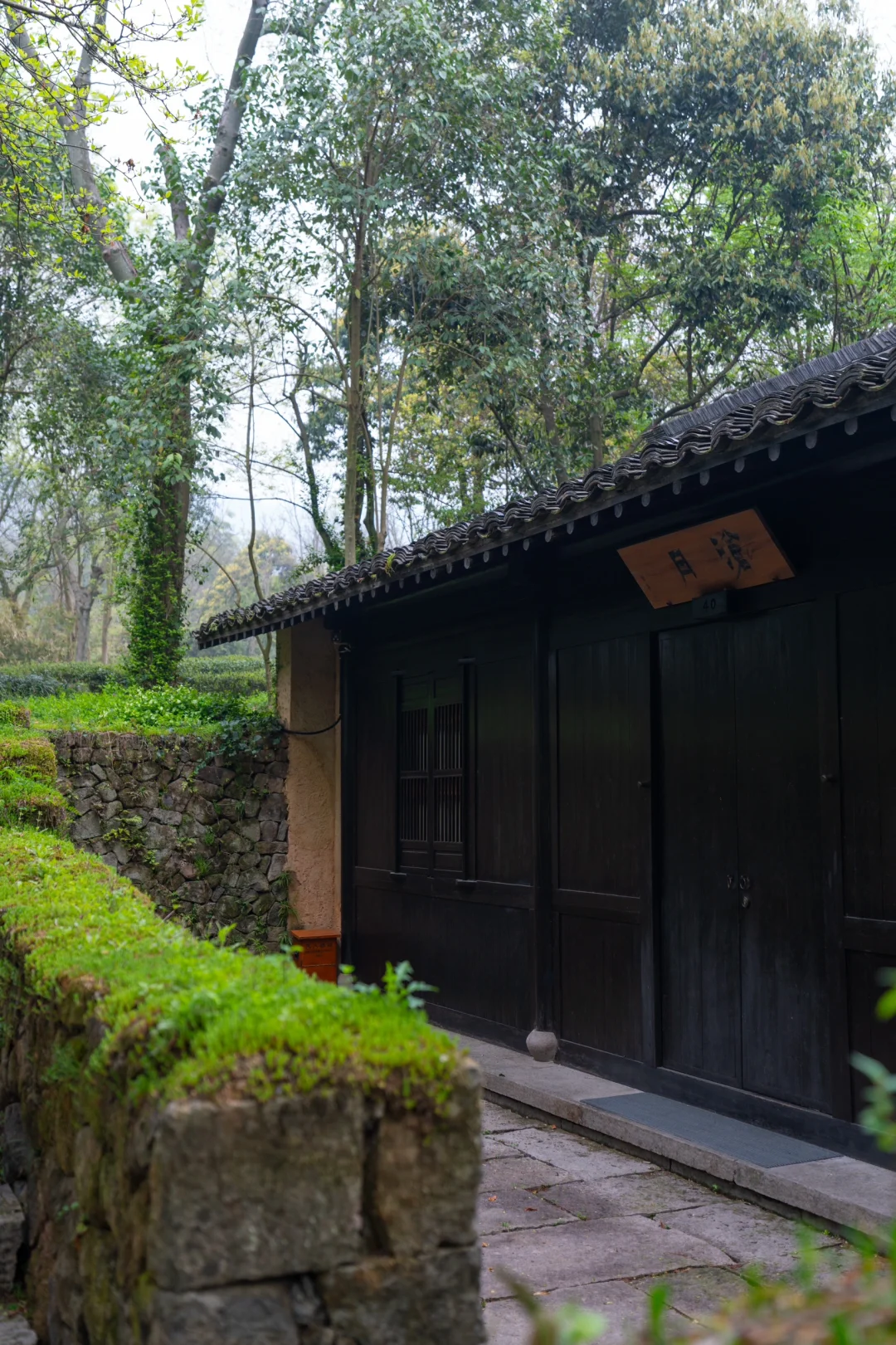
How to Enter Taoguang Temple Behind Lingyin Temple for Free
Taoguang Temple (Taoguang Si, 韬光寺) is located halfway up the mountain behind Lingyin Temple.
After passing through Lingyin Temple 👉 continue walking until you reach a fork in the road.
- On the left, you’ll find Yongfu Temple (Yongfu Si, 永福寺), where the Cibei Café (慈杯咖啡) is located.
- On the right, continue hiking up the mountain for about 20 minutes to reach Taoguang Temple. (The famous vegetarian noodles of the Lingyin Scenic Area are available there.)
You won’t need to purchase another Feilai Peak Scenic Area ticket. (Although Taoguang Temple itself doesn’t charge admission, it’s located within the Feilai Peak Scenic Area, which normally requires a ticket.)
